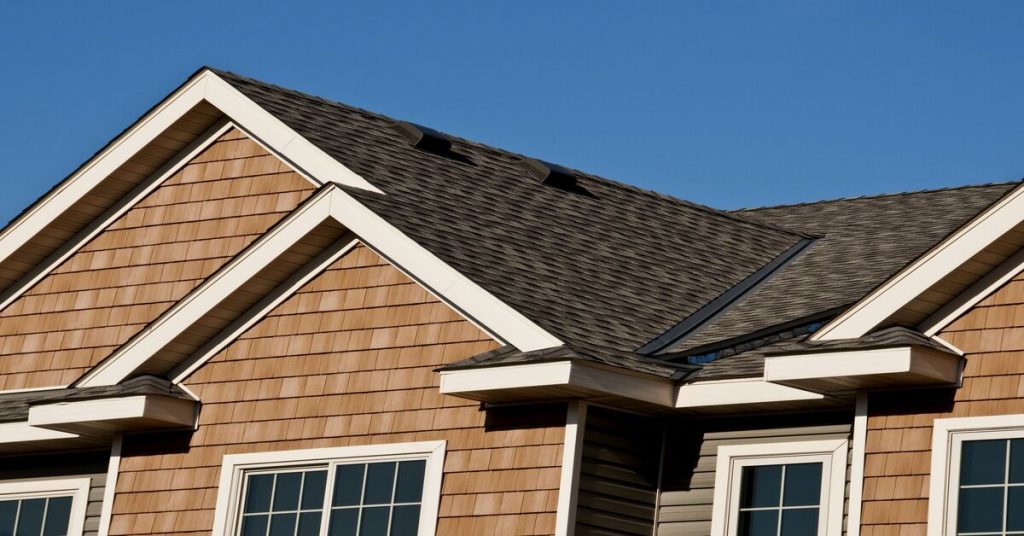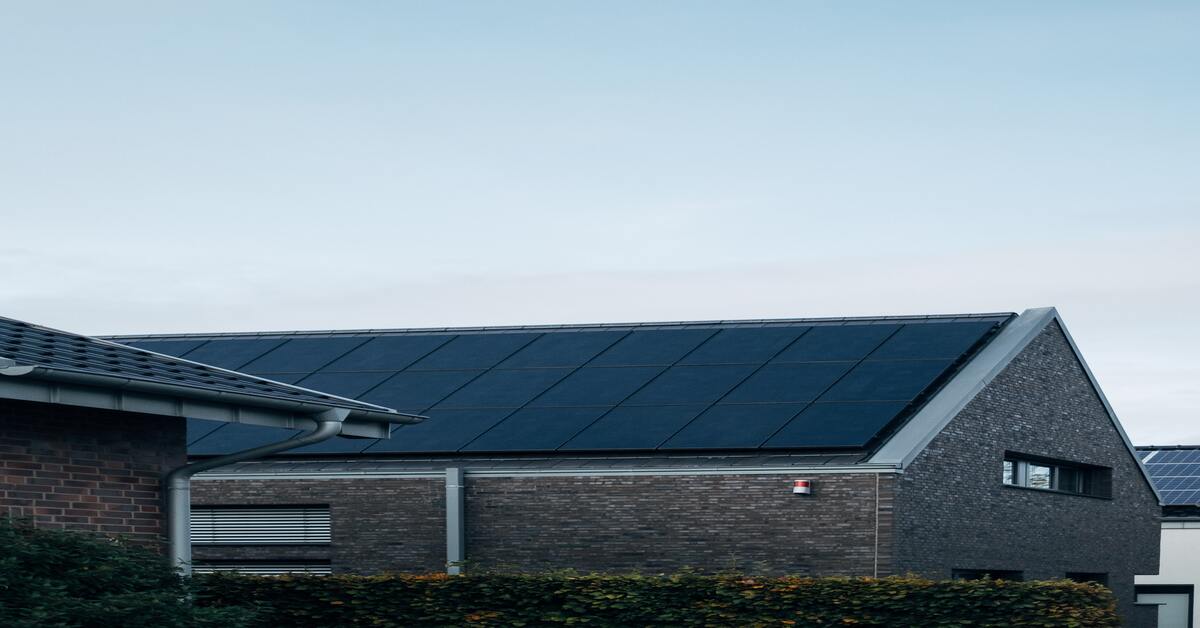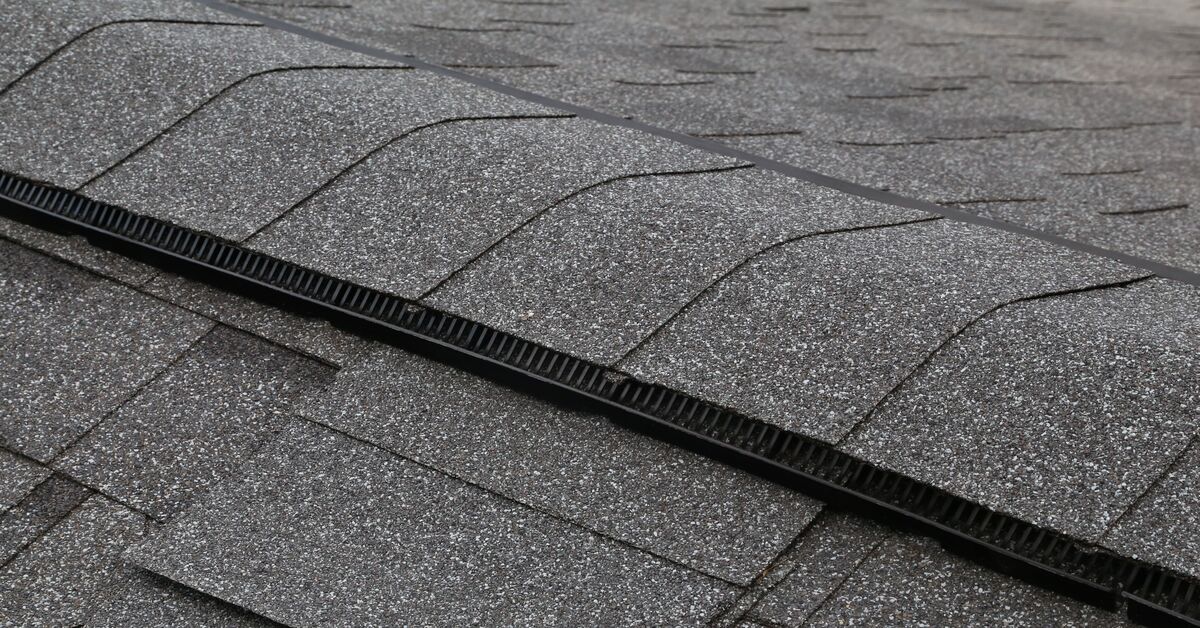

Installing a roof using a dry fixing method rather than traditional mortar allows the opportunity to create a passive cooling system. This natural ventilation through the ridge tiles pulls cooler air into the internal roof space, preventing hot air from descending into the house.
Are Ridge Vents Worth It?
While initial costs of installing a dry fixed roof, vented ridge tiles are worth it in the long run. Ridge vents can prolong the life of your roof. As the cool air circulates within the roof space, it helps prevent the build-up of damp that can lead to mould, which may cause structural damage.
Plus, the ridge vents help to moderate the temperatures within the home. This reduces the need for heating or air conditioning systems and improves the home’s energy efficiency. You could see your ventilation bills drop by 43% per year.

Are Dry Ridge Systems Vented?
Dry ridge systems work by drawing cool air into the roof space. This circulation helps avert the build-up of condensation and moisture. The natural cooling system prevents your air conditioning unit from overworking and reduces the abundance of hot and cold spots throughout the property.
A RapidRidge dry fixed roofing system with ventilation uses eave vents around the roof’s perimeter to encourage airflow beneath the tiles. It’s quick and easy to install and requires no maintenance, unlike other ventilation systems.
Is a Ridge Vent Enough Ventilation?
Ridge ventilation is a passive system that reduces your energy bills. However, while ridge vents can significantly help cool your house, many people argue that they might not be enough on their own. This is particularly the case with older homes that have ridge vents installed.
Yet, the eaves vents by the eaves board under the last course of tiles create an inlet for the air to enter the roof space. The ridge vent at the top of the roof provides an outlet for the airflow. Without both vents, the property might not be sufficiently ventilated. With both an inlet and an outlet vent, your roof will have complete ventilation without the need for external units, e.g. whirlybirds.
Which Is Better: Ridge Vent or Roof Vent?
Ridge vents provide the most ventilation for roofs, both in terms of effectiveness and square footage. While the cost of installing a ridge vent is typically more than to install, they reduce energy bills by 5%, which is more than roof vents.
Plus, ridge vents are subtler and less aesthetically intrusive. They don’t have openings for pests to make their home in your roof space. Finally, ridge vents require little to no maintenance.
It might seem wise to use both ridge and roof vents. However, counter-intuitively, more vents don’t mean more ventilation in this case. Mixing two different kinds of outlet vents—including ridge vents, turbine, gable, and other vents—can disrupt your attic’s airflow and reduce the vent’s effectiveness.

Should Ridge Tiles Be Cemented On?
Traditionally, ridge tiles are fixed to the roof using mortar. While mortar has a long history in construction, it isn’t the most cost-effective or durably way to fix your ridge tiles. Mortar is a very rigid material. Ridge tiles need to move with the wind and natural vibrations that occur from passing vehicles and trains.
Mortar is inflexible and, therefore, over time, it cracks. This is worsened by changing temperatures that can cause these cracks to expand. Roof tiles come loose and fall away.
Whereas, in cases where ridge tiles are fastened using a dry fix method, the mechanical clamps and screws keep the tiles in place whatever the weather.
